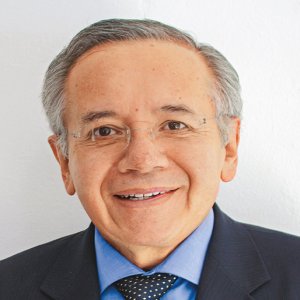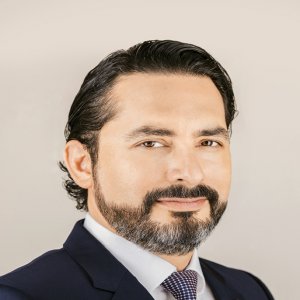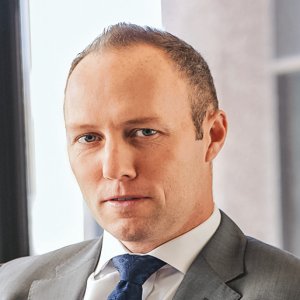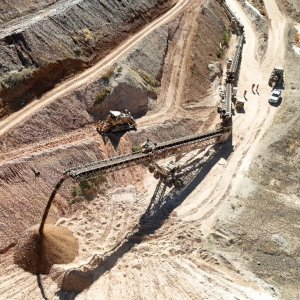Financing Mexico’s Mining Future

STORY INLINE POST
Q: How can private and public players work together to create better conditions for the mining industry?
A: Synergy between the government and companies can be nurtured if key industry players are able to articulate all the benefits mining offers for Mexico. Often, leading government officials are not as informed as they could be in this respect. Since the two PAN administrations, which fostered significant expansion periods in the industry, there have been many changes, not all favorable.
During these two governments, Mexico became Latin America’s top investor in exploration, which is the basis for the industry’s future. Today, we are at a low point regarding exploration. This is a consequence, first, of the 7.5 percent tax established during the Peña Nieto administration. Although mining is a risky industry, this risk is offset by returns of around 20 percent per year. But if this future profit is heavily taxed, then exploration becomes less appealing. President López Obrador’s administration is talking about further taxation and public consultations as requisites for concessions. Even though these requisites have yet to be enacted by law, they generate uncertainty. The mines that are already producing will keep doing so until the project is completed, even if taxes are increased. However, exploration may become less attractive, which is a shame because the mining industry is uniquely positioned to generate wealth for communities that are located in remote areas.
Q: Vander’s model has been based on joint ventures. What are the main characteristics of this model?
A: We are minority investors and we become part of the board or the management team. We see our investments as people-focused, more than industry-focused. Joint ventures gain strength depending on the main partner we associate with. When we invested in Telson Mining Corporation, we studied the industry and decided it was a good moment for investing because asset prices in mining were low. But we are not mining experts. Our partners are the experts. We foster synergies. This is how we operate in other industries.
Q: Last year you mentioned that Vander’s strategy is to keep working with Telson through Tahuehueto and Campo Morado mines. Has the strategy changed?
A: The strategy remains the same. Campo Morado has been producing for the last year and a half. It had been halted for two years, and we bought it with 10 more years of production capacity. Our thesis that it was good to buy mines with proven resources, ready for production, was confirmed. Tahuehueto is moving forward: construction is 70 percent completed and our goal is to start production this year. Both projects are healthy and developing well. However, we have had difficulties raising funds to grow Telson.
Globally, the political situation is difficult. The trade war between China and the US has been disadvantageous for us. When we began with Campo Morado, our monthly free cash flow was about US$900,000. Zinc prices were pretty stable, but now they have dropped 30 percent, impacting our profits. Investors are put off by these figures, but to protect ourselves from political and economic cycles, we have reduced operating costs, and we want to diversify our portfolio to ensure our long-term success.
Q: In Mexico, smaller mining companies tend not be listed. What progress has been made to change this?
A: We have not had much success. Even though BIVA’s rules are more welcoming than those of the BMV, which requires three years of positive cash flows, we have been unable to awaken the industry’s interest. BIVA’s executives have offered us introductions to AFORES, investment funds and private investors but unfortunately, these players are not really interested in mining companies, mainly due to insufficient knowledge about the industry. Another alternative we have been working on is to list on the SIC (Sistema Internacional de Cotizaciones). Mexican investors could then buy and increase the trading volume in our company, Telson, even if it is not listed in Mexico. However, we are on the TSX Venture, not the TSX; therefore, we are not authorized to be on the SIC.
























